In a decision of historic weight, the Israeli government has formally approved a plan to expand its military operation and establish full control over the Gaza Strip. This has come despite the opposition of Chief of Staff Eyal Zamir, who raised pointed warnings during a meeting that began at 6:00 pm Israeli time last night and stretched late into the night.
Tensions between Zamir and Prime Minister Benjamin Netanyahu surfaced throughout the protracted session, with several ministers directly challenging the chief of staff over his stance. Eventually, the Political-Security Cabinet voted by an “overwhelming” majority to endorse Netanyahu’s proposal to defeat Hamas through a combination of military occupation, strategic disarmament, and post-conflict governance.
The new plan confirms what had been building for weeks: Israel is preparing to enter Gaza City and take direct control over what remains of Hamas’s operational stronghold. It is the most decisive phase of the war yet, and it carries with it a magnitude of risk, cost, and complexity that has few historical parallels in modern Israeli warfare.
According to the statement released by the Prime Minister’s Office, the cabinet adopted five foundational principles to conclude the war. Firstly, the disarmament of Hamas, followed by the return of all hostages, living and deceased. Thirdly, the full demilitarisation of the Gaza Strip and permanent Israeli security control over Gaza. And finally, the establishment of an alternative civilian government – one that is neither Hamas nor the Palestinian Authority.
These are not abstract aims. They reflect the growing consensus in Jerusalem that the status quo is unsustainable, and that partial solutions – international pressure, containment, diplomacy – have all run their course.
Israel already controls a large percentage of the Gaza Strip. Through successive operations, including the recent “Gideon’s Chariot” campaign, the IDF has cleared and now holds areas such as Rafah, Beit Hanoun, Beit Lahia, and large sections of Khan Yunis and Jabalia. But the northern corridor, including Gaza City, remains contested, and that is where the war will now focus.
Who will take responsibility for civil life in Gaza once the guns fall silent?
The cabinet’s decision follows months of strategic stalemate. Despite substantial battlefield success, Hamas remains operational. Crucially, the hostages taken during the 7 October 2023 attacks, while mostly returned (some alive and many not), have become pawns in a gruesome psychological campaign. Palestinian terrorist groups have refused further negotiations, releasing sickening propaganda videos of emaciated captives, including footage of one digging what he was forced to declare was his own grave. The videos are not just acts of cruelty but calculated provocations aimed at breaking Israeli will.
That effort has failed. The government has now resolved to act, believing that the only way to secure Israel’s future and to rescue the remaining hostages is to dismantle Hamas physically, structurally, and politically.
As part of this next phase, the IDF will initiate what is expected to be the largest civilian evacuation of the war, directing nearly one million Gazans from the north into central zones. There, humanitarian corridors and aid operations are being scaled up to accommodate a population already displaced multiple times. Israel insists that civilians will be kept outside combat zones, and aid will be delivered systematically under military supervision.
Yet the challenges remain immense. Militarily, the IDF will be entering terrain that Hamas knows intimately, where tunnels, traps, and guerrilla tactics are expected. Politically, the idea of long-term Israeli ‘security control’ over Gaza without actual annexation or direct governance presents an unsolved riddle: who will take responsibility for civil life once the guns fall silent?
Netanyahu has said Israel does not seek to govern Gaza. But the cabinet also rejected the Palestinian Authority as a viable alternative, owing to its corruption and unwillingness to properly abandon support for terrorism. The prospect of bringing in external Arab forces remains vague and possibly unworkable without significant international coordination and legitimacy.
Still, for Israel, the calculus has shifted. The events of 7 October were not simply an outrage, they were a turning point. The goal now is not merely deterrence, but dismantlement. Not another ceasefire, but an end-state.
Twenty years ago, Israel unilaterally withdrew from Gaza. Within a month, the rockets resumed. Within two years, Hamas ruled the enclave. The promise of that disengagement, peace through distance, collapsed under the weight of ideology and violence. What is being attempted now is, in essence, a reversal of that failure. To re-enter Gaza not to reoccupy it in perpetuity, but to crush the architecture of terror and replace it with something not yet defined but necessarily different.
This may not be clean. It may not be swift. It may not even succeed. But for a government that sees no other viable path, and a public that, though divided, largely refuses to live under the threat of another 7 October, Netanyahu and his cabinet see it as the only course left to pursue.



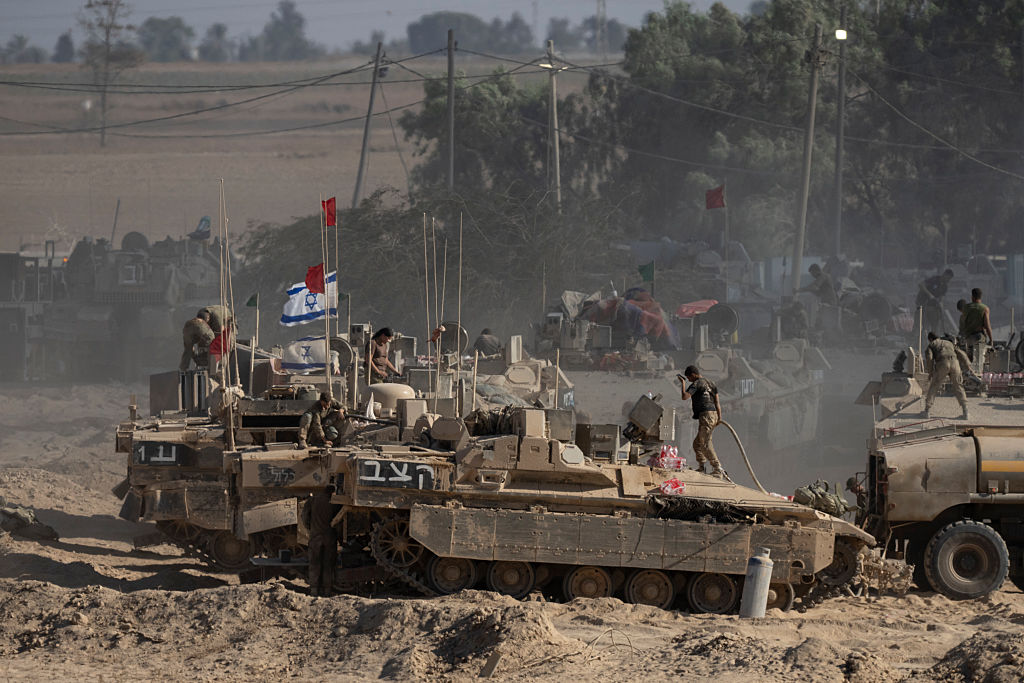






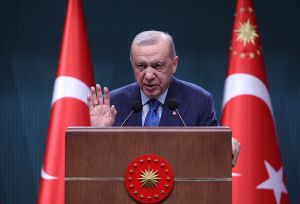




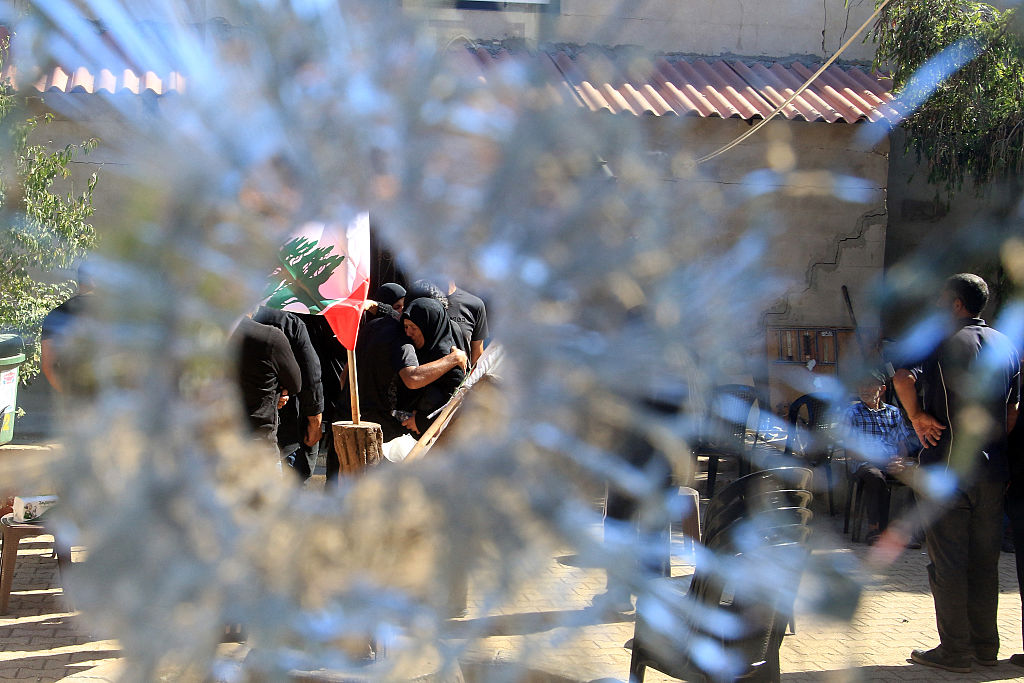

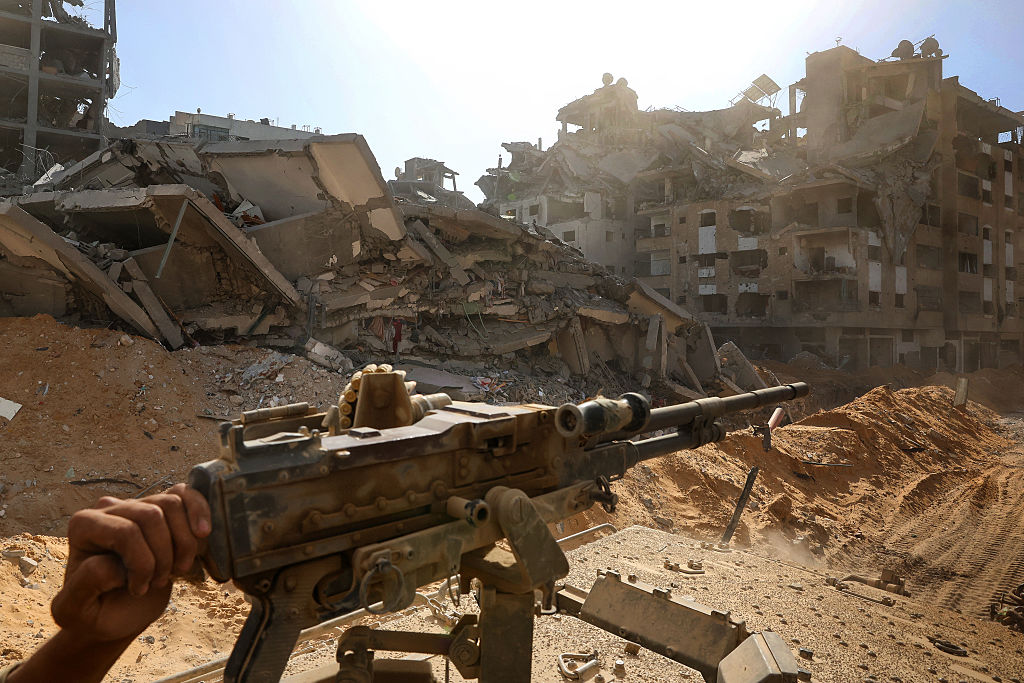


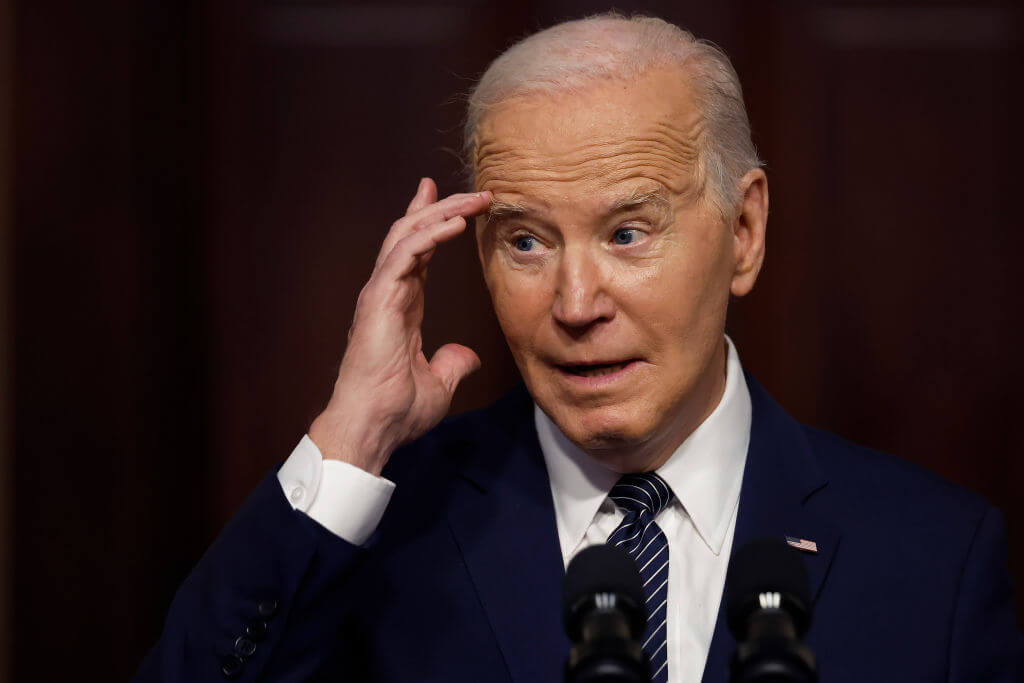



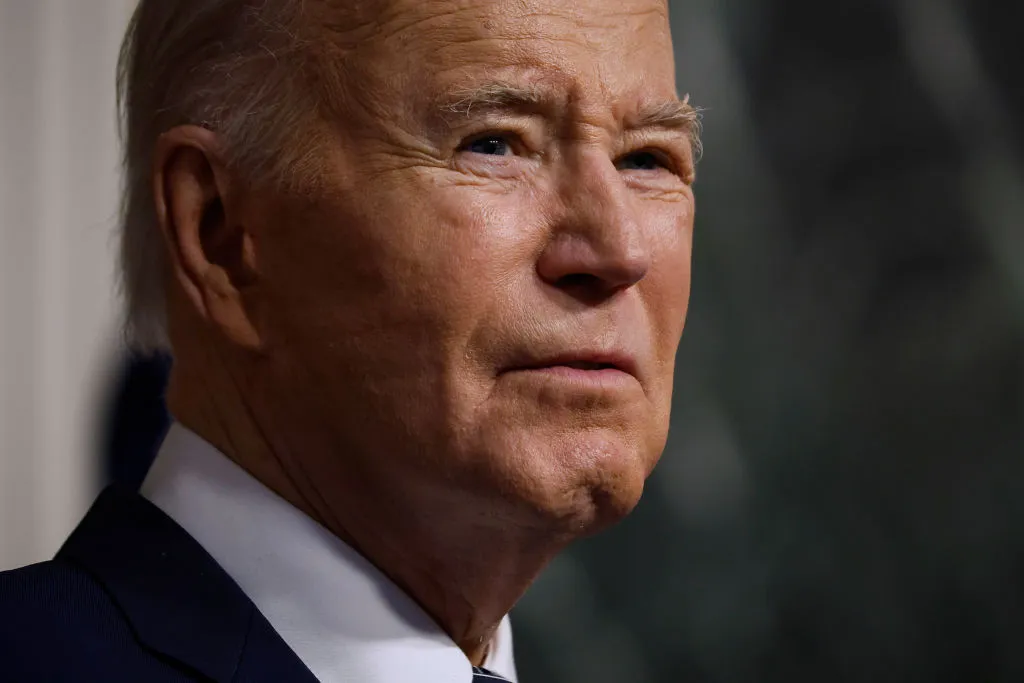

Leave a Reply